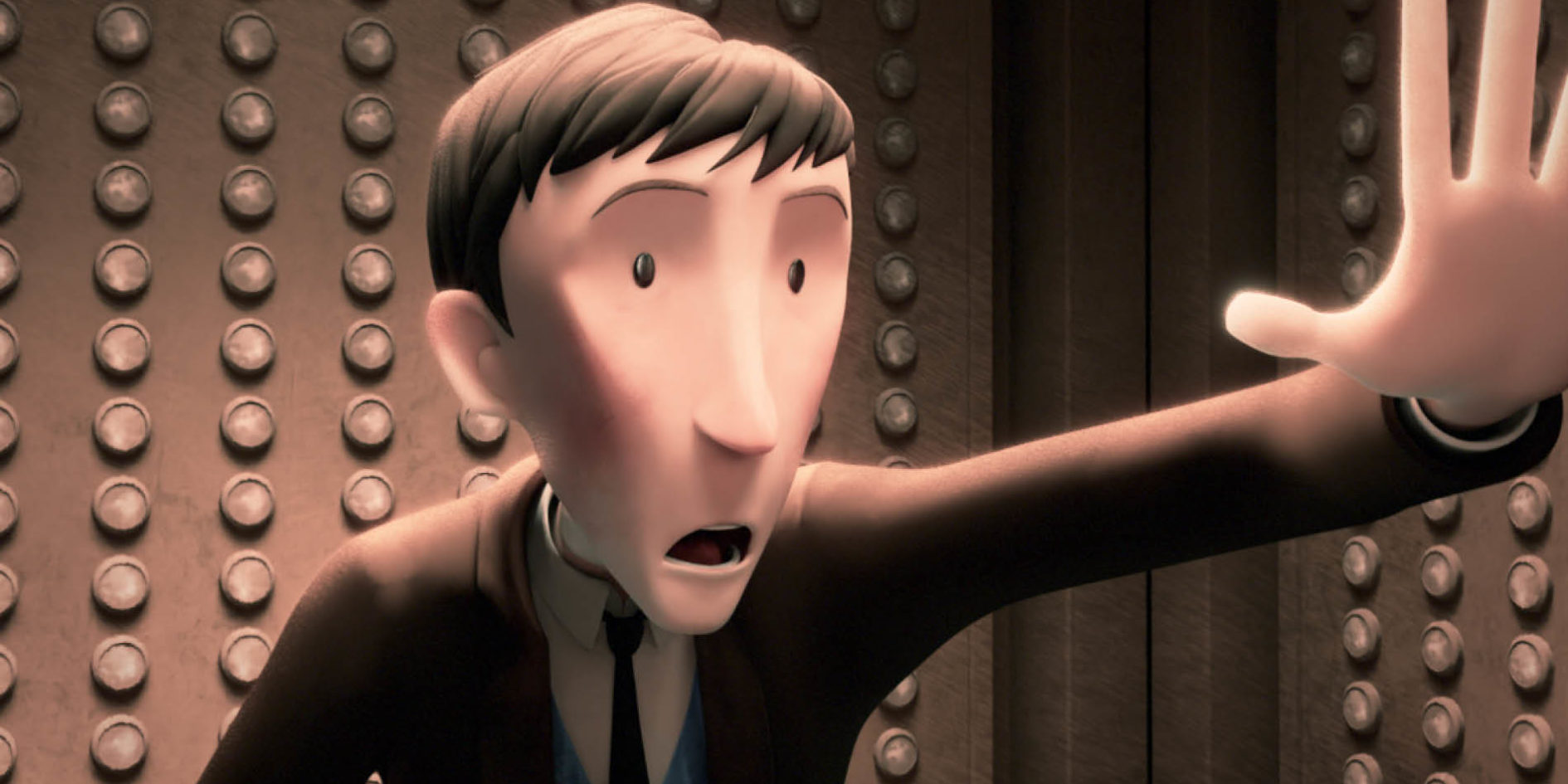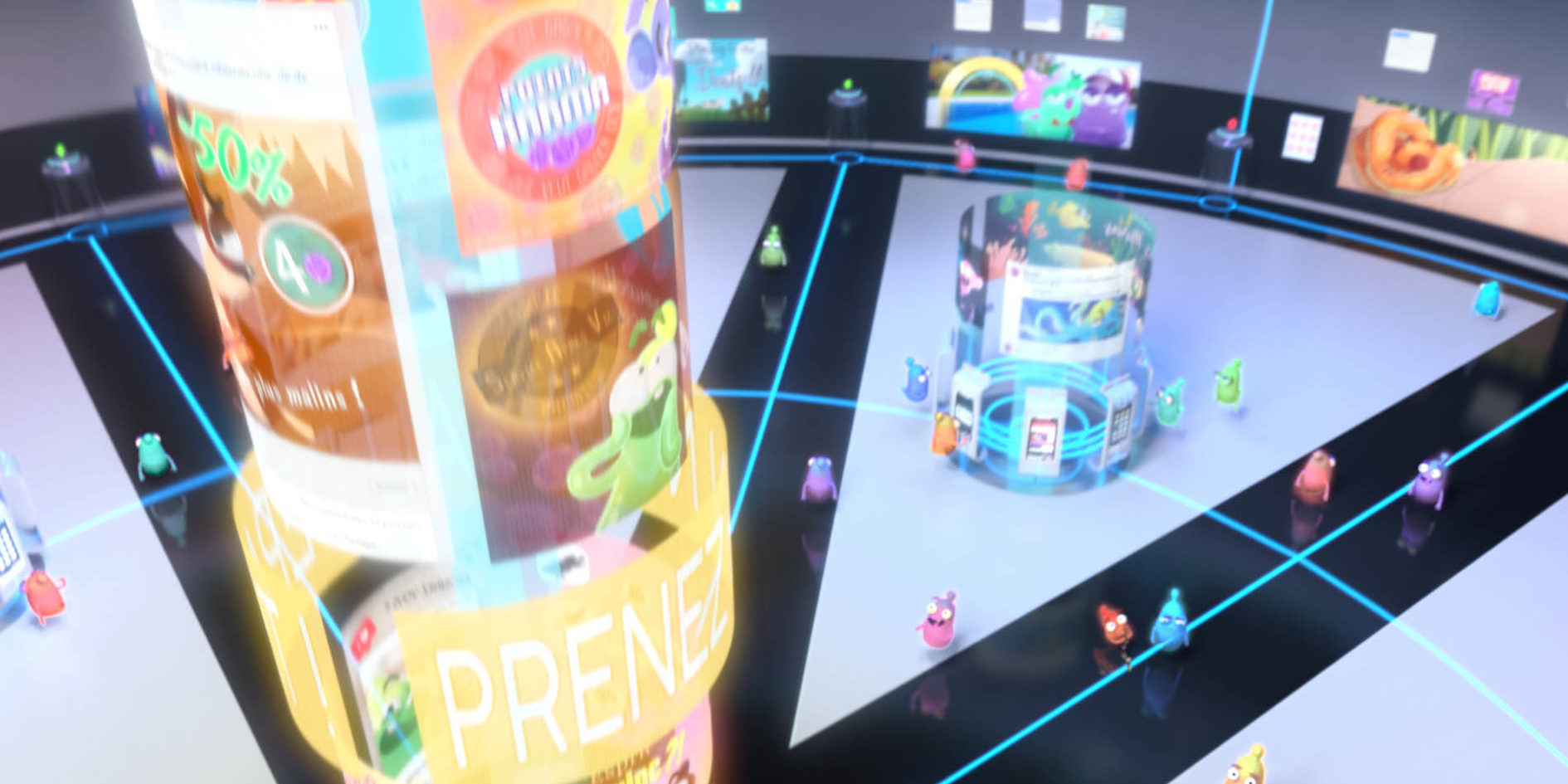
First steps in working life – Claire Maury & Rémi Portes Narrieu
News . 06 Aug. 2021
From London to Tokyo, our young graduates don’t hesitate to travel the world to put their talent to work for the studios. Claire Maury has taken up residence in the English capital, while Rémi Portes Narrieu has chosen the East: the Land of the Rising Sun.
It took them four years to obtain their precious diploma in CG Animation & FX Master Degree. Once this precious sesame acquired, Claire Maury, co-director of the film Service Après Vie, opted to reinforce the staff of the London studio Blue-Zoo Animation as a junior modeler; on his side, Rémi Portes Narrieu, co-director of the film The Other Me, made a much more exotic choice by moving to Japan to join the studio Sola Digital Arts, where he had already done an internship during his training.
HOW DID YOUR JOB SEARCH GO?
Claire Maury (C.M.) : I started by making a list of studios whose projects and universes interested me and in which I would appreciate working – for my part, it was mainly studios with projects of cartoon series/pubs or animated shorts. I did my research through Linkedin. Then, I polished my demo tape and updated my CV before sending my applications.
I took some time off at the end of the training, but once I really started looking for a job, it didn’t take very long and I already signed my first job contract in early December 2020. After sending out a few applications, I quickly got an interview and was hired by my current studio.
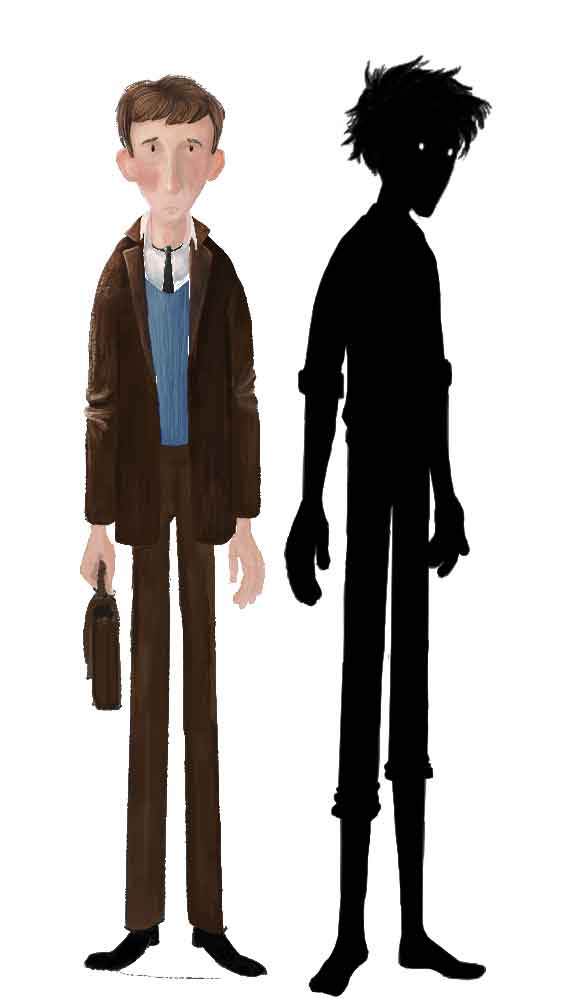
Rémi Portes Narrieu (R.P.N.): My job search first started the day after the screening of our short films at the cinema. The whole day was dedicated to the meeting between the students who had just graduated and the studios. So I had a few interviews and got several emails.
After a few days break, I started to contact some of the studios I had talked to that day, as well as some others I had already identified before. I also got in touch with the studio where I had done my internship a year earlier, so an interview was quickly scheduled. I went to the interview at the beginning of November where one of the supervisors told me about the project I would be working on if I decided to join them. The proposal was only for April but the project made me very eager to work on it. So I decided to accept the offer.
In my case, it wasn’t particularly complicated. My internship had gone very well and the team wanted to take me back once I graduated. So knowing the team already, it went pretty fast after I contacted them again. The longest part was the wait until the beginning of the job in the end!
WHAT IS YOUR CURRENT JOB AND WHAT ARE YOUR MISSIONS?
C.M.: I’m currently working as a modeler in a London animation studio for 3D and 2D series/commercials and short films.
First, I had a one month contract as a character artist on a cartoon series, then I changed project for a period of several months within the same studio. My missions are mainly modeling, but also texturing/shading environments/props and characters. It’s really nice to touch a little bit of everything!
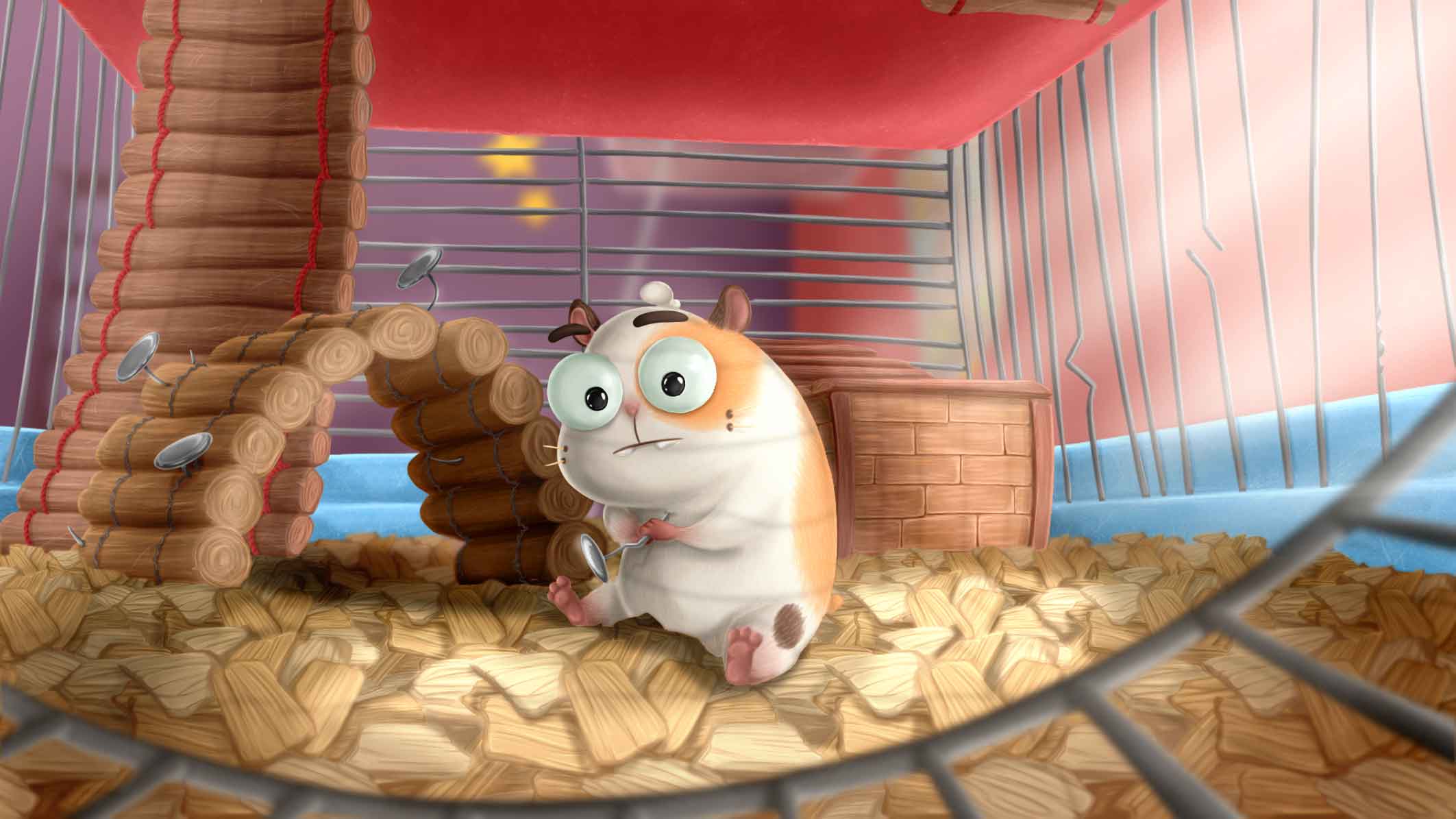
R.P.N.: So today I am a CG animator at Sola Digital Arts in Tokyo. The project I was supposed to work on was postponed, but I was still able to start on another project of the studio. So I’m currently working on the second season of the series Ultraman for Netflix.
On the series, the animation is done with a motion capture base, meaning that actors and stuntmen equipped with suits play the scenes in a dedicated studio. The data is retrieved on computer, then the layout team takes care of placing the characters in the sets according to the scenes. After that, the recovered data not being perfect, the animation team (of which I am a part) takes care of improving the recorded animation by modifying the poses, the timing, the spacing… Then, if it is an acting scene where several characters are going to speak for example, I have to animate the face of the characters starting from scratch this time. For the dialogues, I also take care of the synchronization between the characters’ mouths and their lines of dialogue.
CAN YOU TELL US ABOUT YOUR FIRST STEPS IN THE PROFESSIONAL WORLD?
C.M.: My very first experience in the professional world was during my 8-week internship at the end of my 2nd year at ESMA. I did design, modeling and surfacing. After graduation, I didn’t do any other internship and started working as a freelancer in another studio.
R.P.N.: So my first steps in the professional world were during my internship. It was especially a big change of scenery having done my internship in Japan! Fortunately the studio helped me a lot once I was there, especially in the search for an apartment. In the studio, most of the team was Japanese and very few spoke English. But as I didn’t speak Japanese, an interpreter accompanied me at each exchange with the team. I started by doing vehicle modeling before moving on to animation on the Ghost in the Shell SAC_2045 series. The work was quite free, although in close relationship with the rest of the team and especially the animation director. Modeling and animation were done on Maya at the studio, so there was no big change in software compared to school.
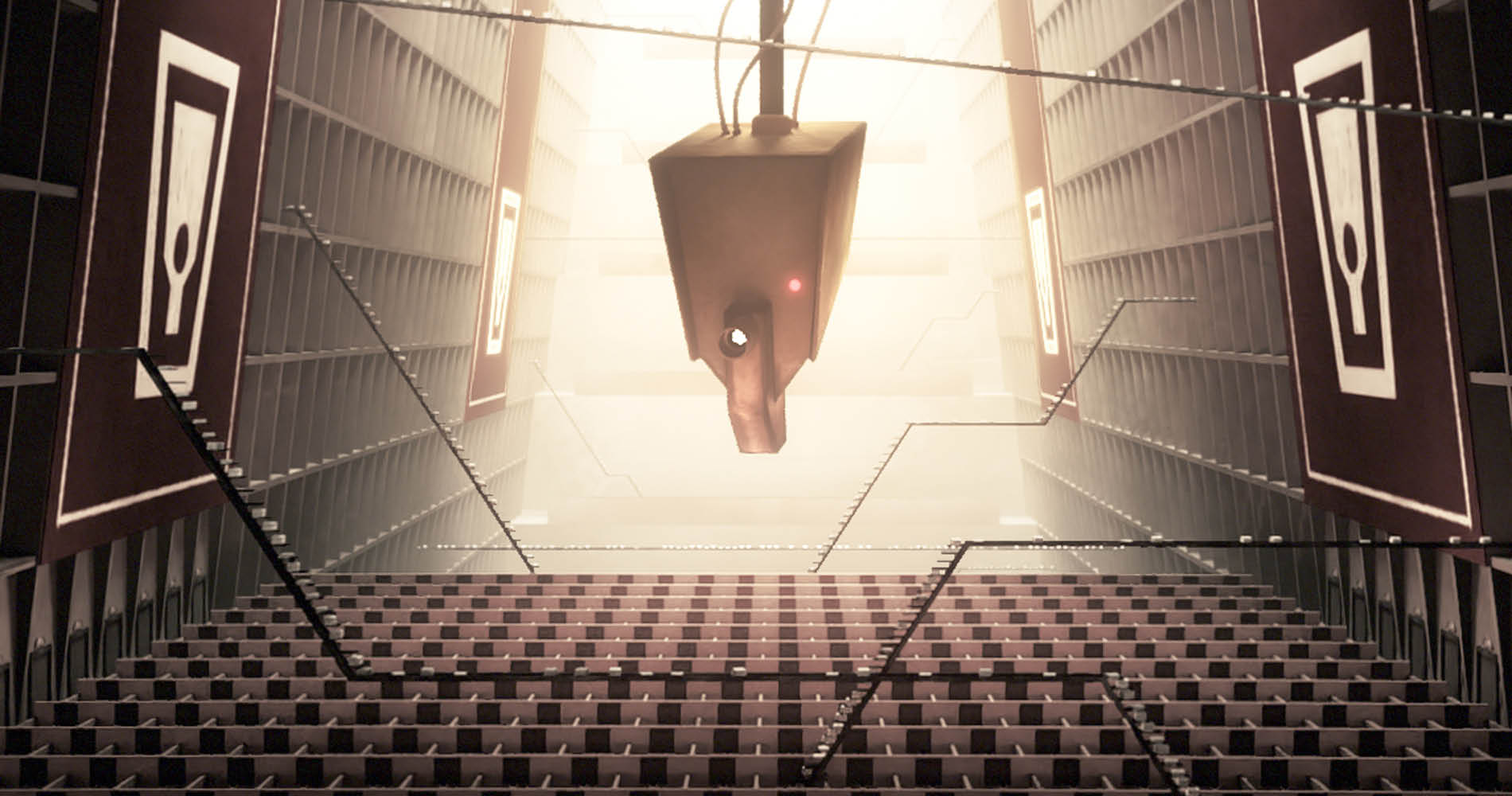
HOW DID YOU EXPERIENCE THIS ENTRY INTO THE PROFESSIONAL WORLD? DID IT CORRESPOND TO YOUR EXPECTATIONS?
C.M.: Although I was relatively disappointed by my internship, I loved my first experience as a junior. I did have expectations regarding teamwork, communication and studio organization, but I was pleasantly surprised! As for the projects themselves, it felt a little weird at first not to be working on pre-productions that I had participated in, as it was the case during my training at ESMA. I was a little worried that I wouldn’t have much creative freedom since I was entering the professional world as a specialized CG artist, but in the end, being able to focus primarily on one task allows you to go deeper and allow for more creative thinking.
Otherwise, with the confinement, my first work experience is still quite different from what I could have imagined as it was done remotely. I didn’t expect to have so many meetings, for example, but I didn’t mind: the atmosphere is great and even if we talk about the project, the discussion can be interspersed with laughter that revives the group dynamic.
R.P.N.: I don’t think I had any particular expectations from the professional world in relation to our experience on the graduation film. There are more of us on the project and all the pre-production has already been done, so there is a certain style of animation to respect, which took me some time to adapt. But it will surely remain the same with each change of project and team!
WHAT DID YOU FEEL? HOW DID YOU LIVE THIS PASSAGE FROM STUDENT TO PROFESSIONAL ?
C.M.: At the very beginning, my attention span was extreme because I had to assimilate and understand the whole studio pipeline, which was quite tiring. But once I got past that “ordeal”, I felt very comfortable. I was lucky enough to be part of a small team with whom I got along very well and whose lead was very attentive and ready to help if there were any problems. Depending on the studio, communication between departments is more or less “regulated” but in any case, it is essential in every respect. This point is not different from what we experienced at ESMA during the making of our graduation film: no matter how much we work as a team, it’s all about helping each other and communicating a lot!

R.P.N.: The transition from student to professional was quite natural in the end. The ways of working remain very close to those we had at school during group projects and on the final film. The team and the project are obviously bigger, so it is a little more complicated to have a global vision, which makes the communication between the teams and the different hierarchies even more important.
The job of animator remains the same, but it’s very cool to animate a wider variety of characters. The exchanges with the team are also very enriching, you realize that you still have a lot to learn.
WHAT IS IT LIKE TO WORK ON PROFESSIONAL PROJECTS?
C.M.: It’s really great to work on professional projects, to create worlds with the help of a great and passionate team and to convey messages to a target audience. As with everything, you have to be careful with project deadlines and be patient. With a budget and a client, one can sometimes feel more pressured and end up working a few extra hours, experiencing little rushes that one could do without; but if the organization and communication are solid, most of the time working on the project is nothing but happiness and one feels proud to see the final result.
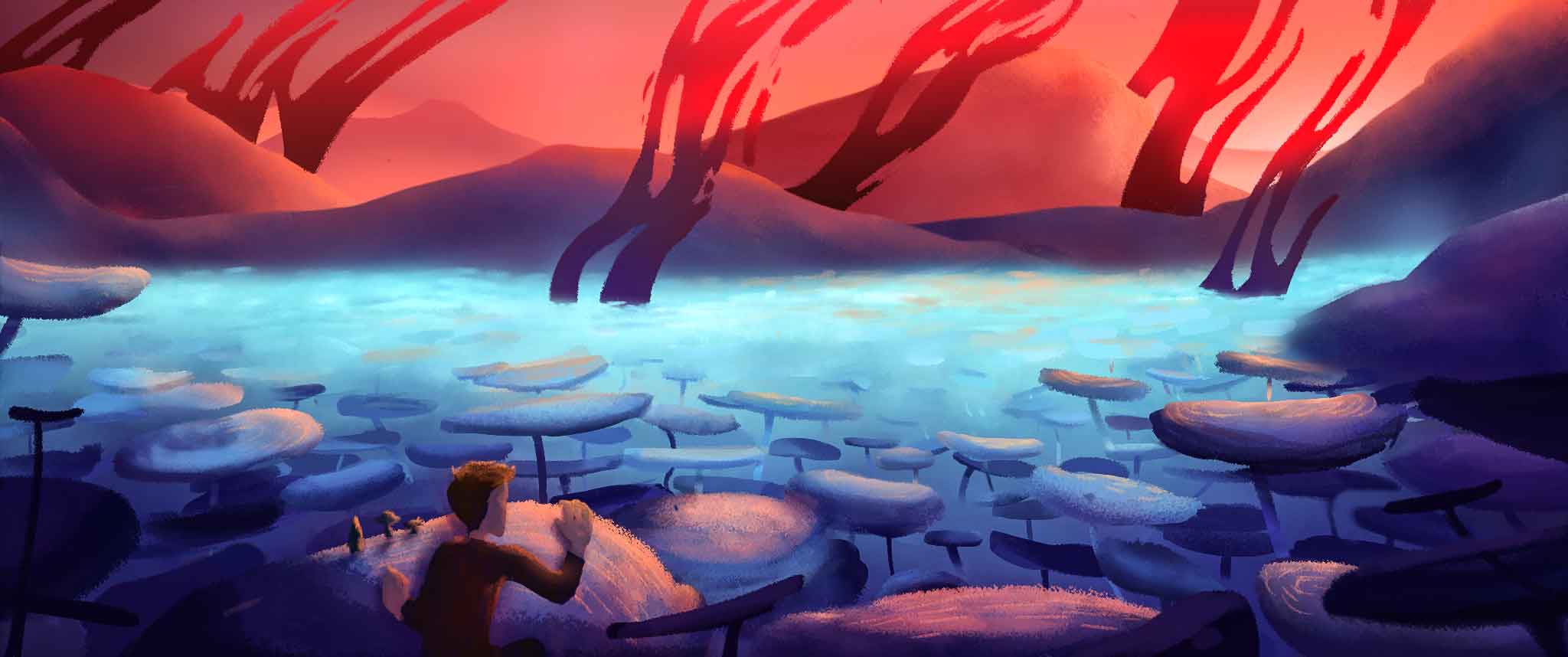
R.P.N.: It’s pretty rewarding to be able to participate in big projects. You realize that everything you’ve been looking at has been done before by teams and now you can join those projects and be a part of it! The only thing I miss is the freedom to work on a more personal project. For this reason, I continue to work (slowly) on small personal projects when I have the time.
AFTER THESE FEW MONTHS POST SCHOOL, WHAT DO YOU LOOK BACK ON ? ON YOUR TRAINING AND THE ESMA?
C.M.: I would say that the expression “Who can do more can do less” makes a lot of sense in this context! The generalist training offered by ESMA, which requires a lot of work, motivation and rigor, is a real asset later on. I am happy to have followed such a complete training since I am now a specialist, but I still have a strong generalist background and I am able to see further than my department, which allows me to understand the issues with ease but also to bring a broader vision to my own team if necessary. Understanding the responsibilities of each person can be a very good advantage to anticipate and thus ensure efficiency in one’s work.
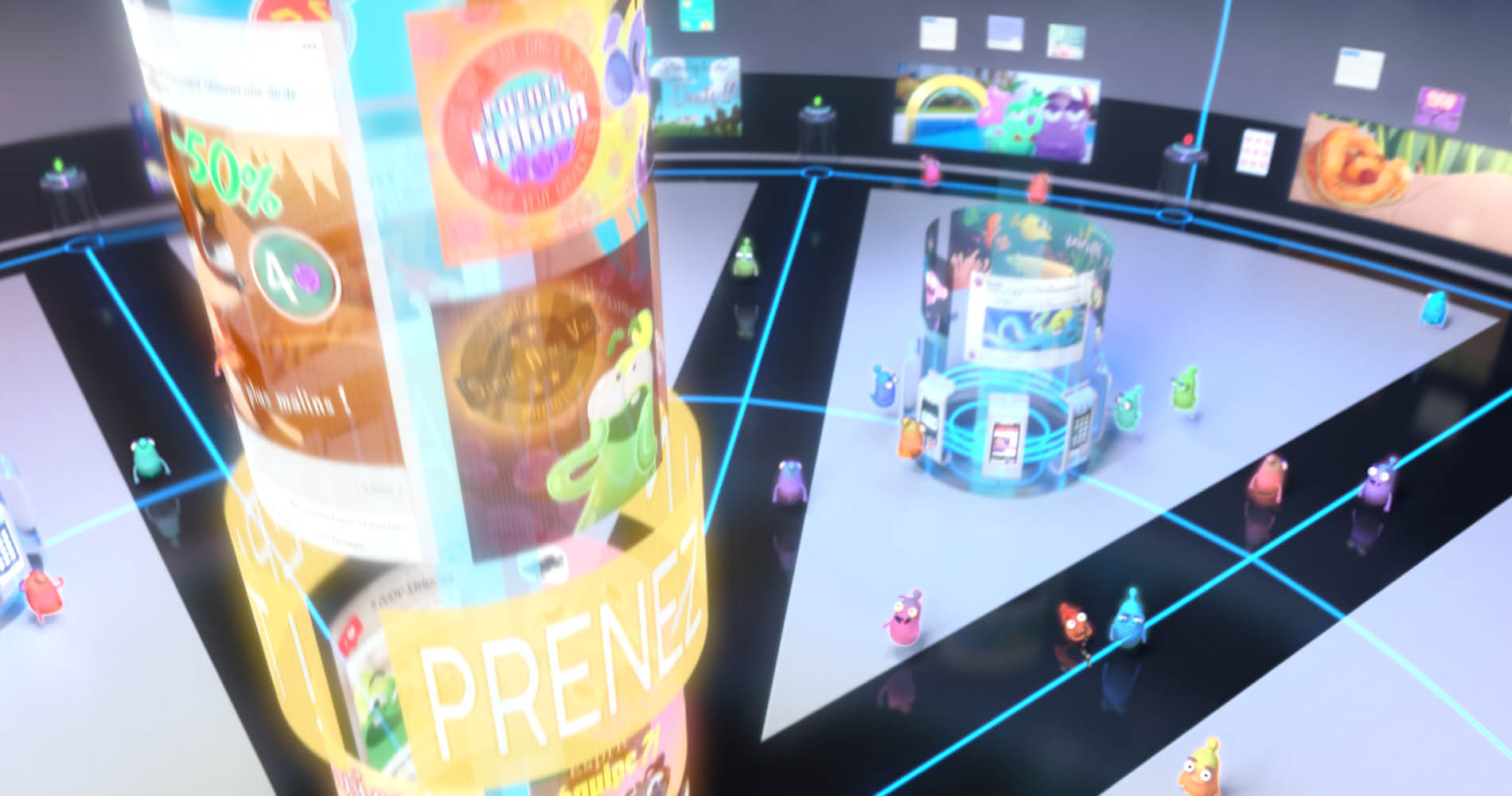
R.P.N.: I am very happy with my training at ESMA. First of all for the experiences it brought me (human as well as technical and creative), and then for everything we learned. The last year working as a team on the film was also a very strong and enriching experience. I am also happy to have learned all the steps of production of a CG animation film, these are skills that will be useful in the future and allow me to have a more global vision of the production when I work on a professional project in contact with the rest of the team. The software and work methods taught at the school are also very similar to those of professional studios, which makes the transition between the two more fluid.
WHAT ABOUT COVID AND THE NEW CONFINEMENT, DID IT HAVE ANY IMPACT FOR YOU?
C.M.: I was completely impacted by the health situation because when I was hired in England, the lockdown and restrictions were in full swing, so I had to work remotely for several months. However, the studio where I work had already put in place an excellent organization and it was very easy to communicate and work remotely with my colleagues in England.
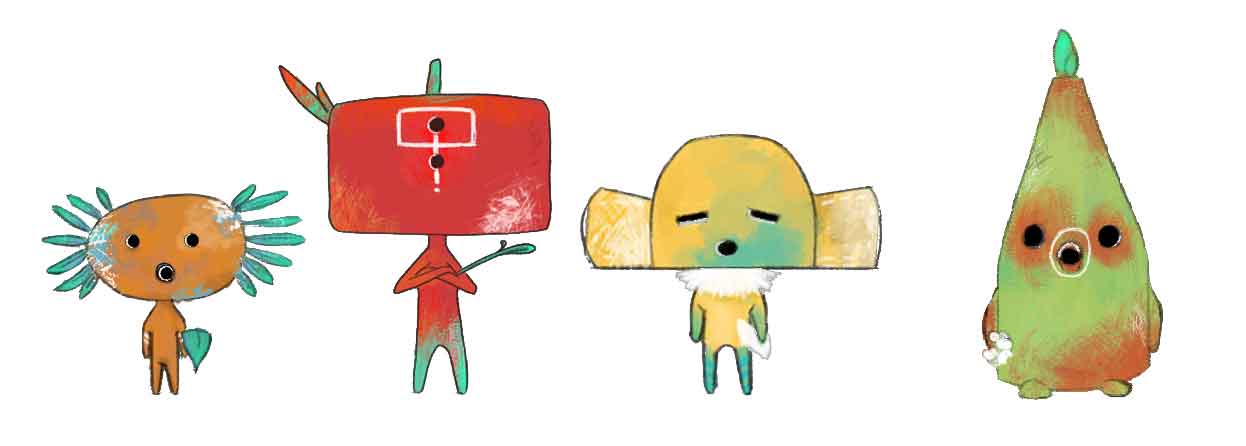
R.P.N.: Yes, covid has had a big impact on my work. So in November I had agreed to join Sola Digital in Tokyo for next April (2021). But at the end of December, Japan decided to close its borders again to foreign workers and students. So I found myself in a bit of an uncertain situation, both on my side and on the studio’s side. Not knowing what to do, it was not an easy time. Fortunately, the studio agreed to take me on as a teleworker despite the time difference and the material constraints that this implies.
So I work from home with regular contact with my supervisor and the animation director. What interested me a lot when I started in the professional world, besides working on important projects, was to join a new team and to be in a new environment (especially in Japan), something that the situation prevents. But it will wait for the time it takes now! I think it’s amazing to be able to join a production that’s taking place on the other side of the world from my room!
AND YOUR NEXT MONTHS, OR THE YEAR TO COME, HOW DO YOU PROJECT YOURSELF FOR THE FUTURE?
C.M.: To be honest, I don’t project myself much! It’s a bit complicated with the current times. I aspire to take part in other great projects and to blossom within a great team, whether it be in my current studio or elsewhere. My first work experience helped me to understand my preferences and I really think I have a little weakness for creating CG characters… so let’s see what happens next!
R.P.N: So in the next few months I hope that the situation will be a bit better and that I will be able to go to Tokyo. Also, once the production of the series I’m currently working on will be finished, I should start animating on a more important project that I can’t wait to work on!
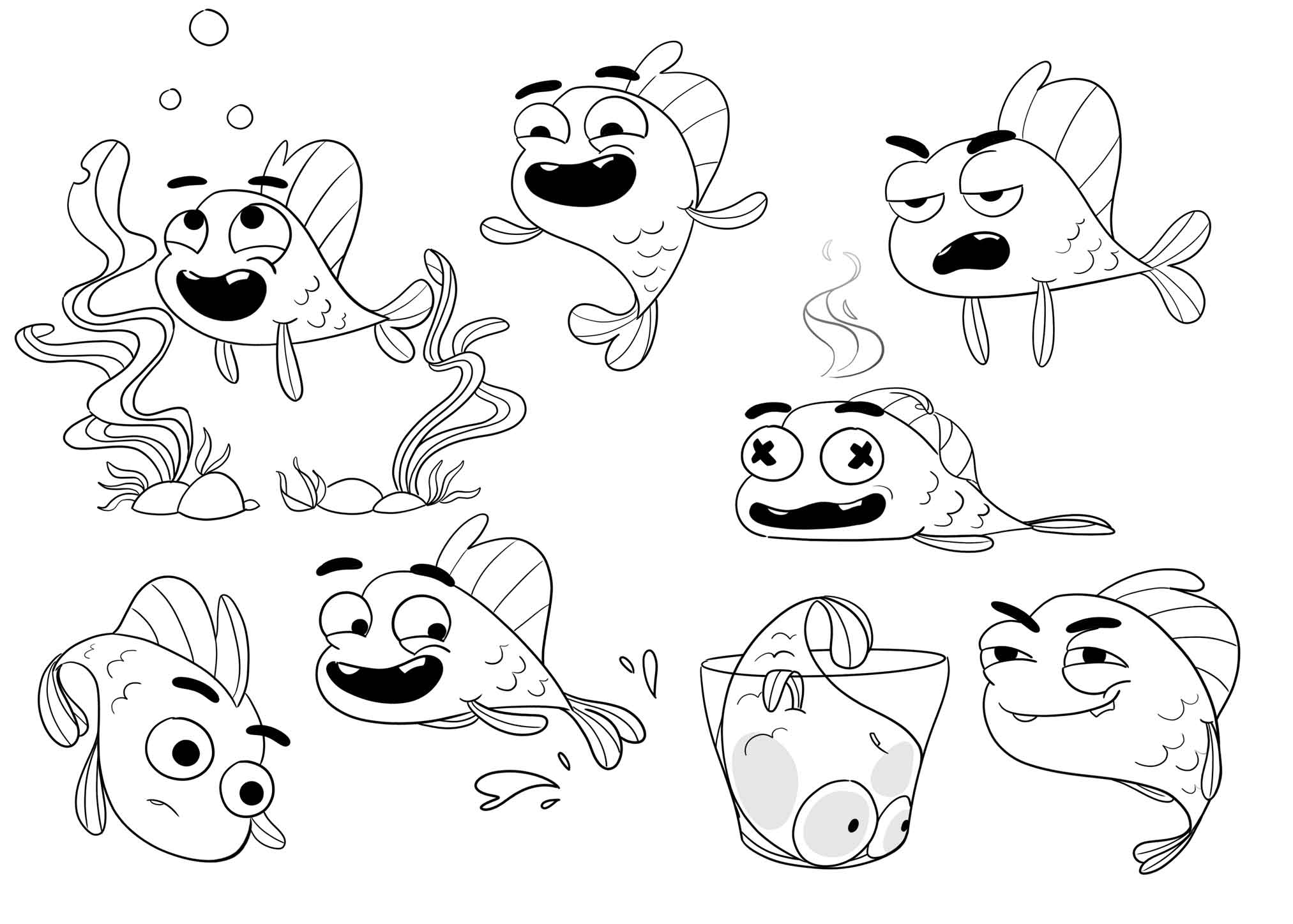
FREE COMMENT
C.M.: When you enter the professional world, you become a chick who still has many things to learn. The training at ESMA is the beginning of our CG learning process, because software evolves so fast that we always have new things to discover. We can be a bit confused and afraid to ask advice from someone more experienced than us, but we should not hesitate because this is how we evolve, learn and become even more capable of exceeding our own creative limits. I would like to thank my teachers who allowed me to arrive in the working world as a little chick, but with solid luggage!
___ ___ ___ ___ ___ ___ ___ ___ ___ ___ ___ ___ ___ ___
The other portraits of the saga:
The other portraits of the saga:
Yasmine Bresson, Benjamin François & Emilie Gomez
Amélie Ben Naceur & Steven Lecomte
___ ___ ___ ___ ___ ___ ___ ___ ___ ___ ___ ___ ___ ___
You can find the films & teasers of the class of 2020 on our Youtube channel ESMA MOVIES.
___ ___ ___ ___ ___ ___ ___ ___ ___ ___ ___ ___ ___ ___




